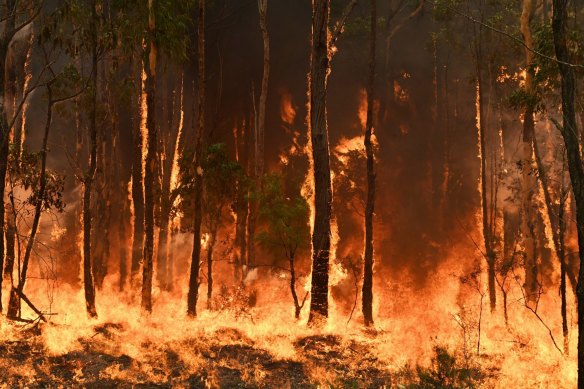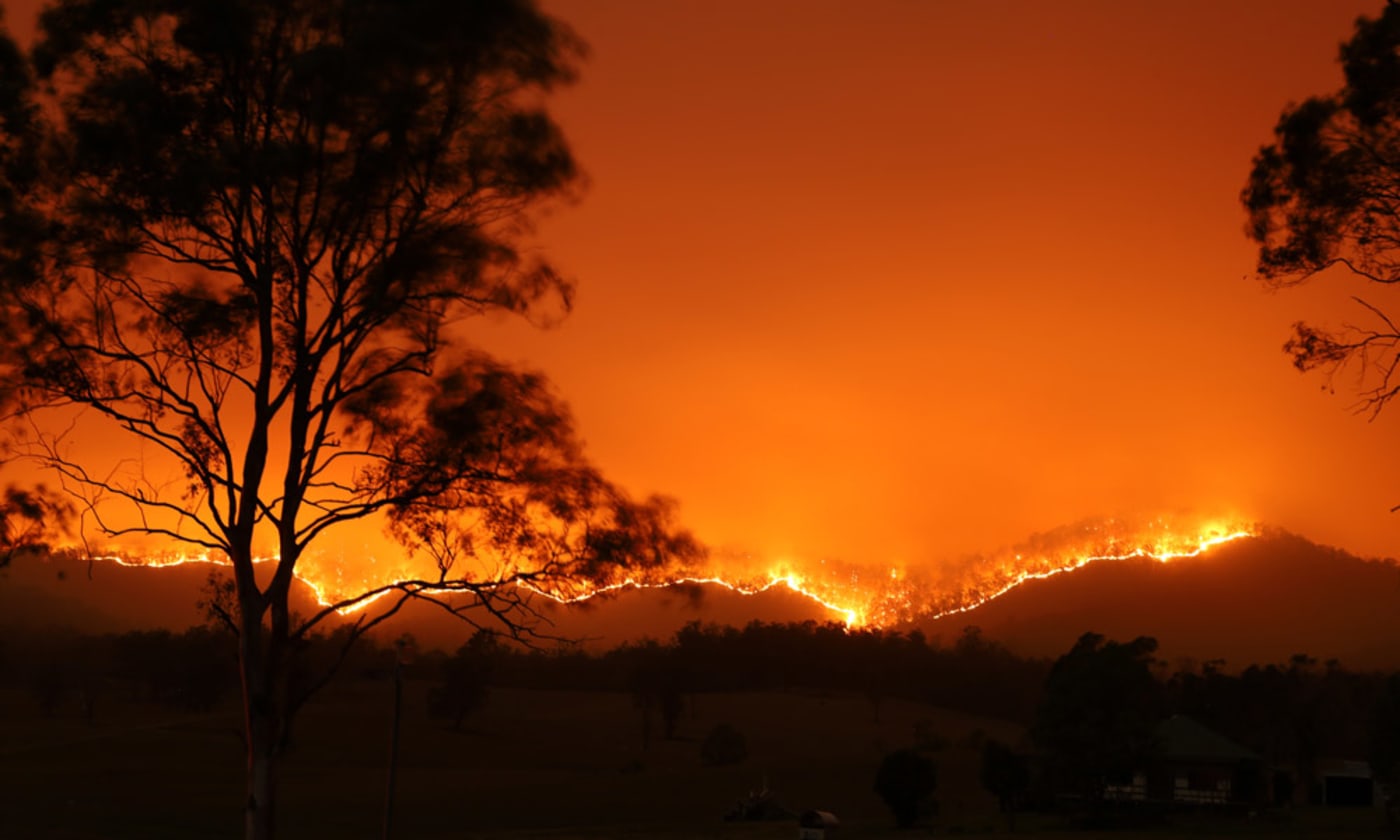Guarding Your Home: The Essential Role of a BAL Report in Bushfire Readiness
Guarding Your Home: The Essential Role of a BAL Report in Bushfire Readiness
Blog Article
Ensuring Shrub Fire Security With Appropriate BAL Record Analysis
In the world of bush fire security, the careful analysis of Bushfire Attack Degree (BAL) reports stands as a keystone for protecting properties against the damaging influence of wildfires. With environmental aspects and building qualities playing significant duties in identifying the degree of risk, a thorough understanding of BAL scores ends up being necessary. The genuine essence exists not just in comprehending these records yet in deciphering them efficiently to create tailored fire security strategies. By diving right into the significance of BAL report evaluation, we reveal a world where educated choices lead the course towards strengthening residential property security and durability in fire-prone regions.
Recognizing Bushfire Strike Level (BAL)
In the realm of bushfire defense, comprehending the Bushfire Attack Degree (BAL) is critical for making sure effective reduction techniques. Understanding the BAL rating of a property is vital for residential property home builders, policymakers, and proprietors to execute ideal actions to safeguard against bushfire dangers.

Importance of BAL Record Analysis
A crucial facet in bushfire defense preparation includes the detailed evaluation of BAL records to examine the possible threats and figure out suitable reduction approaches. BAL reports offer crucial information regarding the possible effect of bushfires on a building based on various variables such as vegetation kind, distance to prospective fire hazards, and slope of the land. Analyzing these reports with precision is critical in creating effective bushfire defense procedures customized to the particular risk account of a property.
Carrying Out Fire Defense Measures
Implementing reliable fire security actions is essential for safeguarding residential properties in bushfire-prone areas. This involves cleaning flammable plants, such as dry leaves and branches, within a specific span of the building.
Furthermore, having a sufficient and well-maintained water supply, such as a storage tank or pool, can help firemans in their efforts to safeguard the residential property. BAL Report. On the whole, carrying out a mix of these fire defense steps can significantly raise the possibilities of protecting buildings throughout bushfire events.
Mitigating Risks in Fire-Prone Areas
To strengthen residential or commercial properties against bushfire risks, a critical concentrate on mitigating risks in fire-prone areas is imperative. Mitigating threats in fire-prone locations includes an extensive strategy that includes numerous actions to decrease the possibility and impact of bushfires. One critical aspect of threat reduction is maintaining defensible area around residential or commercial properties by removing flammable plant life, ensuring appropriate spacing in between structures and trees, and employing fireproof landscape design practices. Furthermore, applying ember-proofing measures such as setting up steel mesh displays on home windows and covering roofing cavities can help protect against ash strikes and lessen the danger of spot fires.
Furthermore, constructing or retrofitting structures with fire-resistant materials and guaranteeing correct maintenance of roofs, gutters, and exterior cladding can significantly improve the building's resilience to bushfires. Creating and practicing a bushfire emergency plan with all click here for more info residents, consisting of evacuation treatments and interaction approaches, is likewise crucial in mitigating dangers efficiently. By embracing a proactive strategy to run the risk of mitigation in fire-prone areas, home owners can much better protect their properties and boost general bushfire readiness.
Ensuring Residential Or Commercial Property Safety And Security and Strength
Guaranteeing the safety and security and resilience of residential properties in fire-prone areas calls for an unfaltering commitment to robust precautionary actions and calculated preparation. Home safety begins with carrying out effective steps to reduce fire risks.
Strength, on the various other hand, entails the ability of a residential property to stand up to and recover from a bushfire. This can be enhanced via the installment of cinder guards on home windows and vents, ensuring that entry factors for embers are lessened. Furthermore, having a well-thought-out evacuation plan and exercising it routinely can substantially boost home durability. Collaborating with neighbors and neighborhood fire authorities can additionally bolster the safety and resilience of properties in fire-prone areas. By proactively resolving these facets, homeowner can much better safeguard their properties and loved ones from the risk of bushfires.
Final Thought
To conclude, making certain bushfire defense via proper BAL report analysis is vital for understanding the level of danger posed by bushfires and executing needed fire defense actions. By mitigating dangers in fire-prone areas and ensuring property safety and security and resilience, areas and people can much better get ready for and react to bushfire occasions. It is essential to prioritize fire security procedures to secure lives and property in these risky environments.
In the world of bush fire defense, the careful analysis of Bushfire Attack Degree (BAL) records stands as a foundation for safeguarding properties against the destructive effect of wildfires (BAL Report). Understanding the More about the author BAL rating of a home is important for residential property proprietors, policymakers, and contractors to apply ideal steps to guard against bushfire hazards

BAL records provide important information regarding the possible impact of bushfires on a home based on numerous factors such as vegetation type, range to prospective fire threats, Clicking Here and incline of the land (BAL Report). Overall, carrying out a combination of these fire defense actions can dramatically boost the possibilities of safeguarding homes throughout bushfire events
Report this page